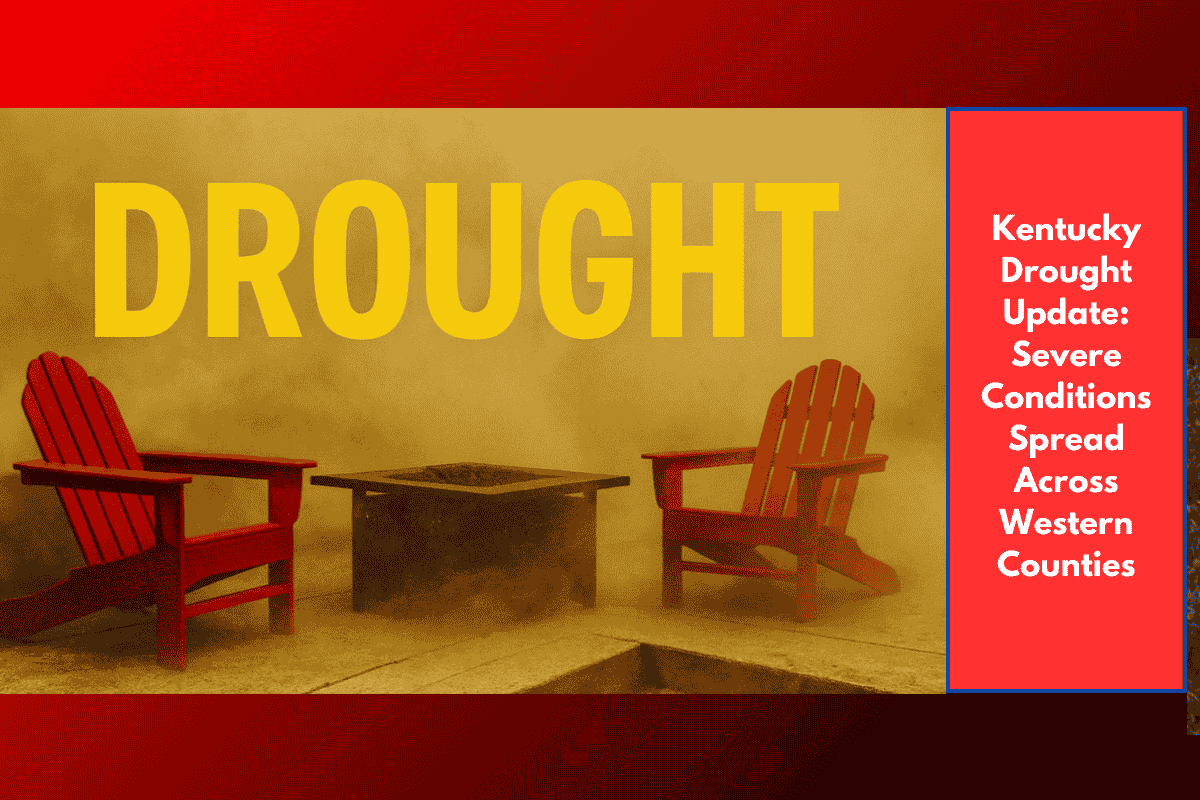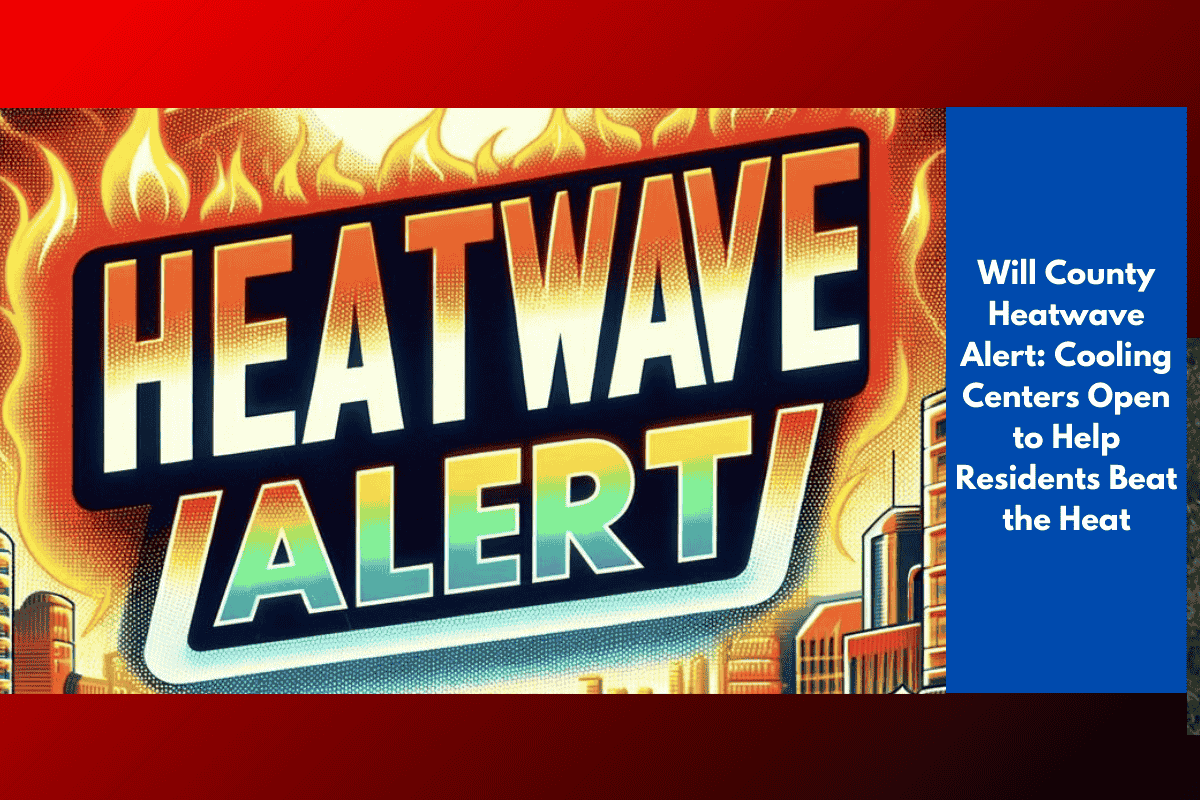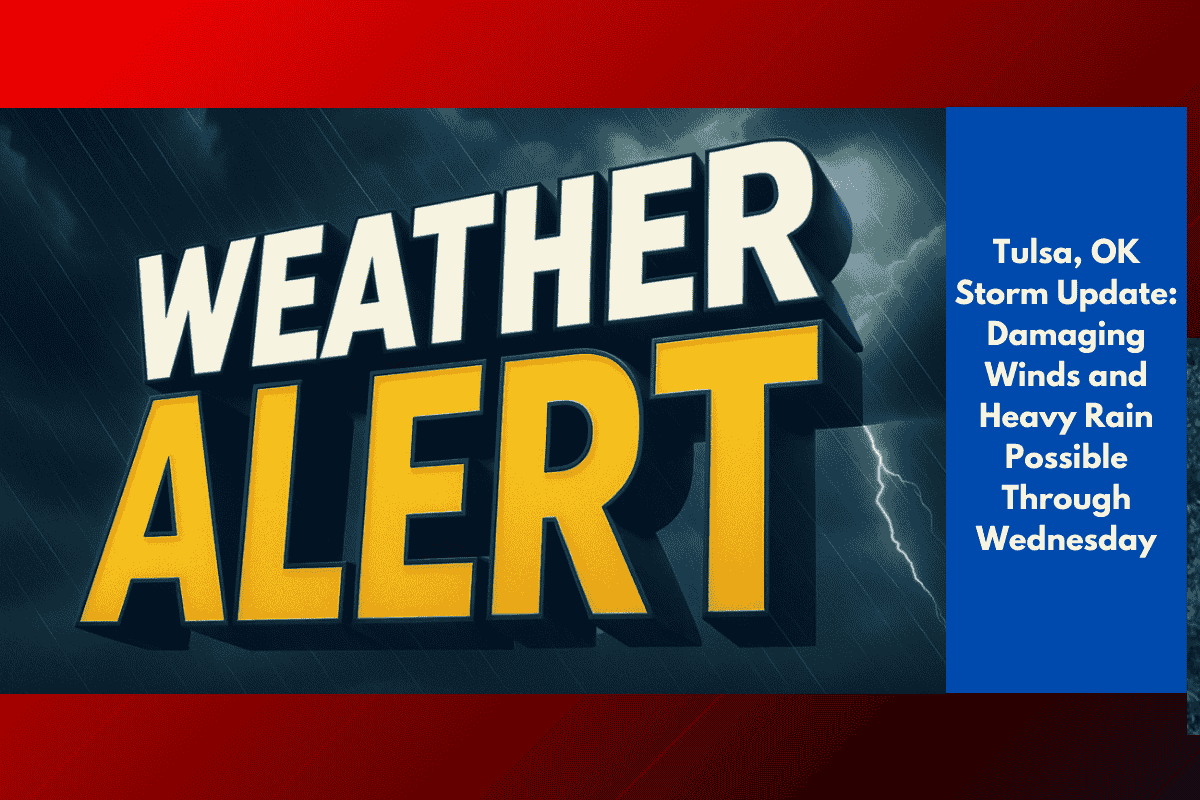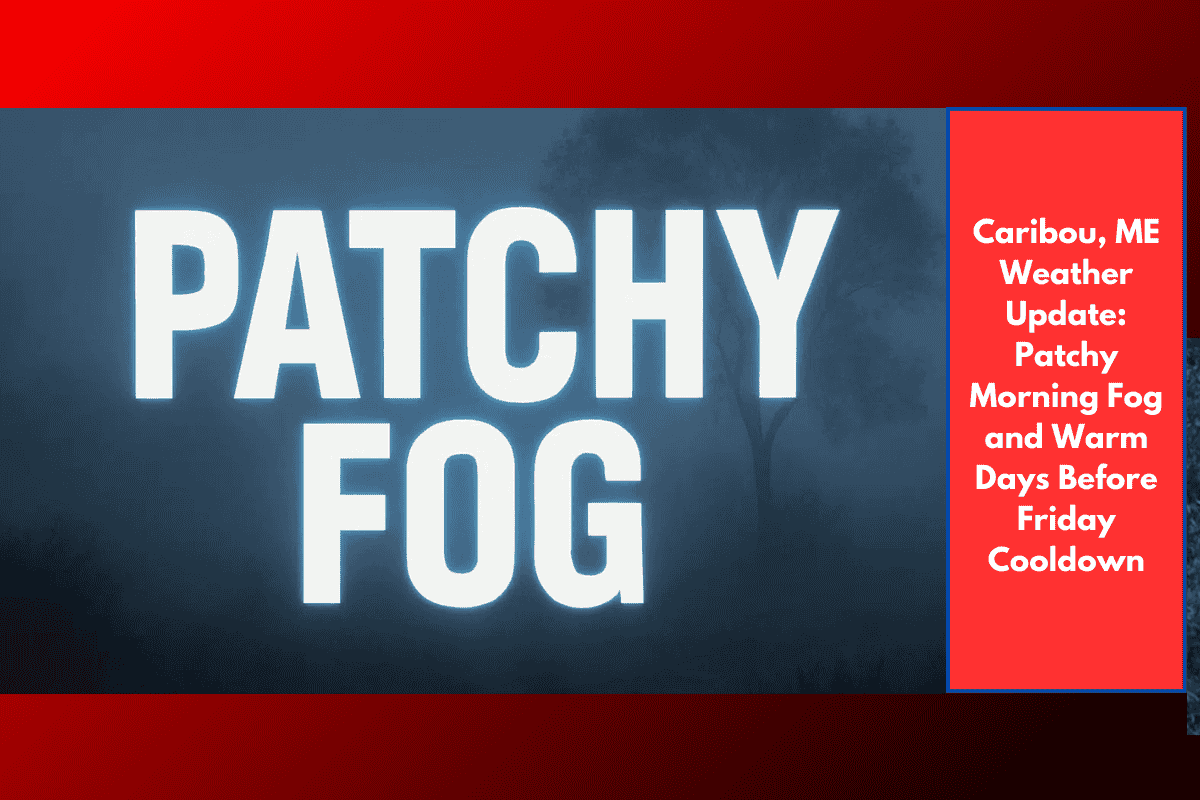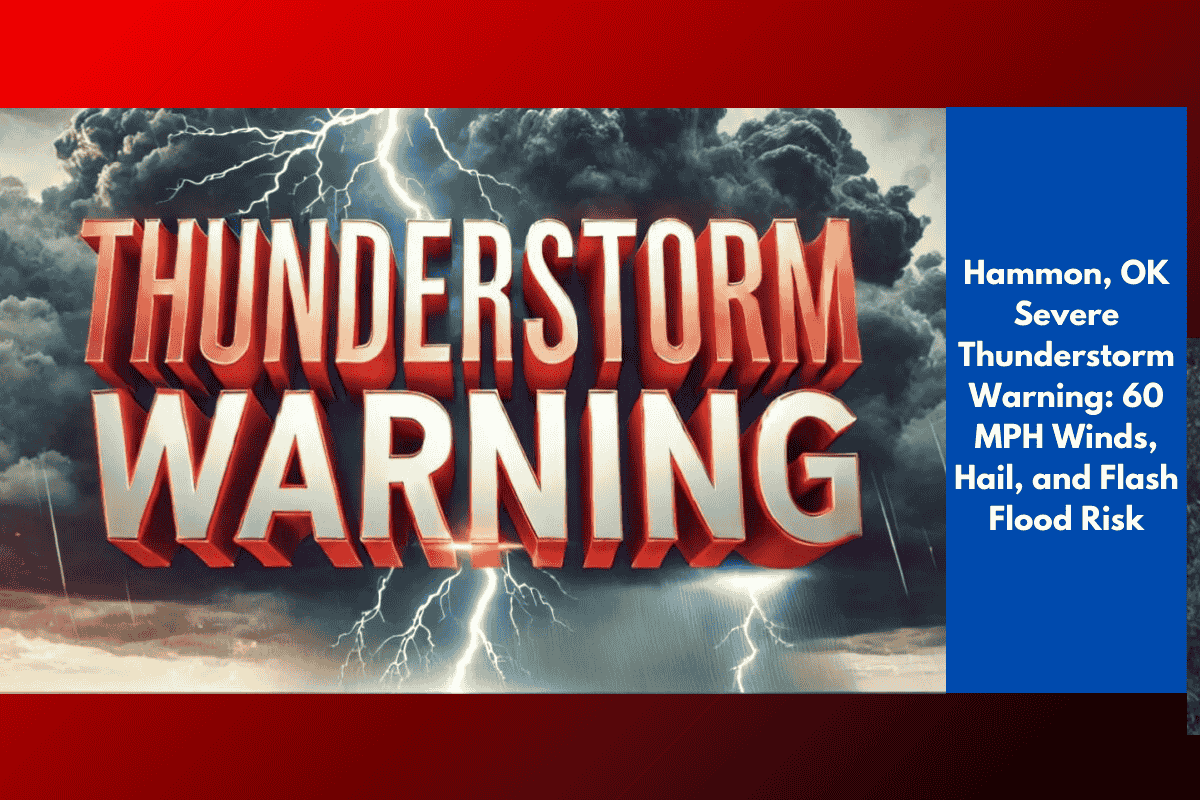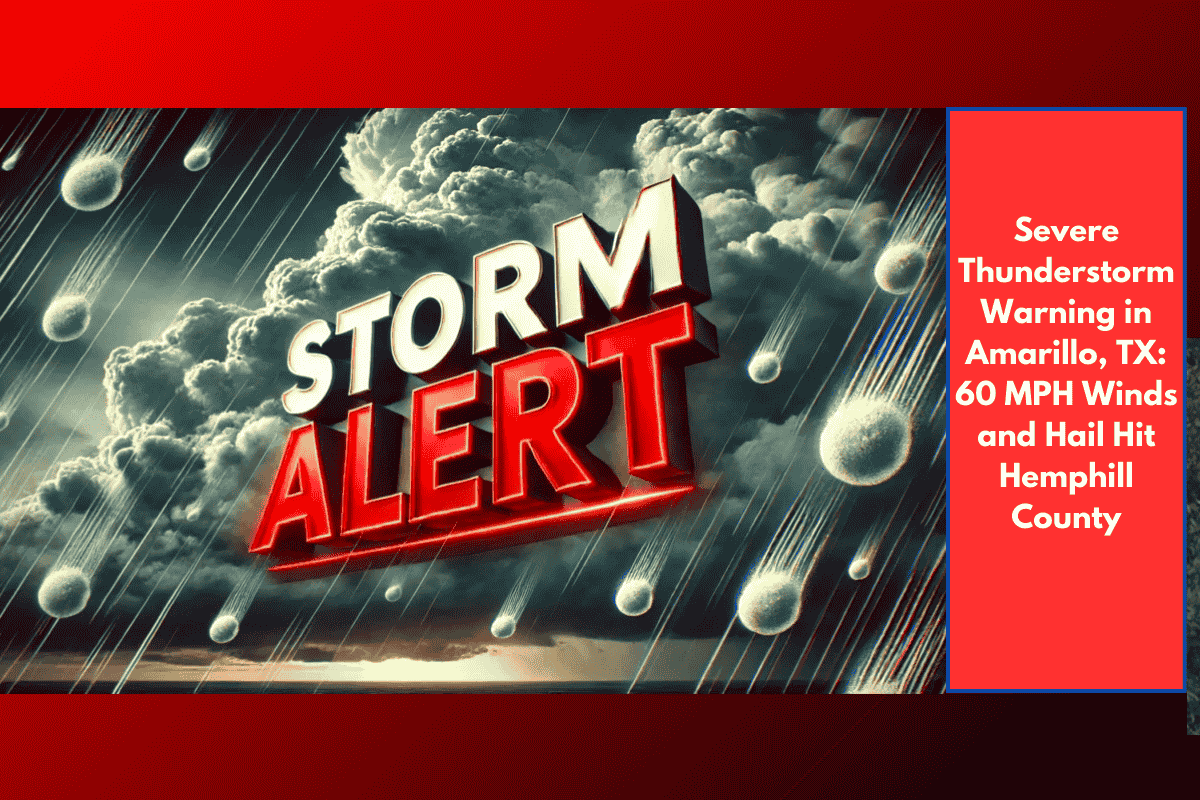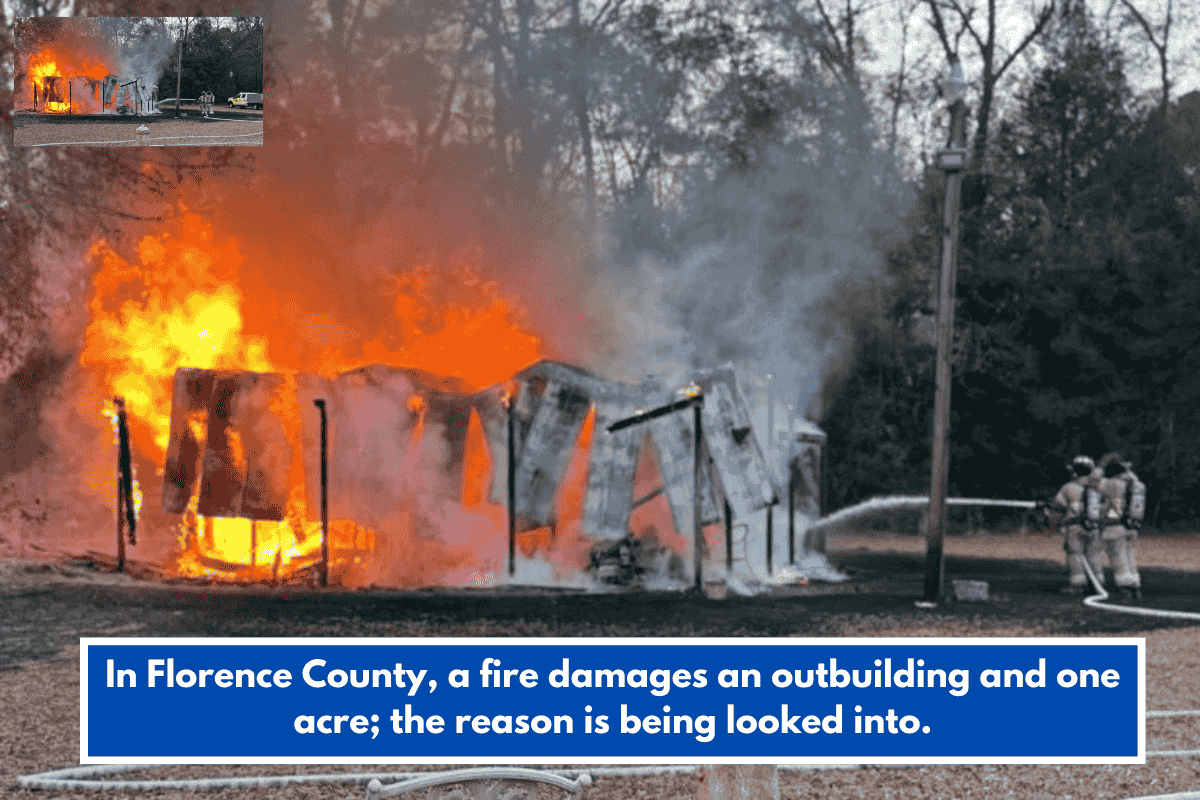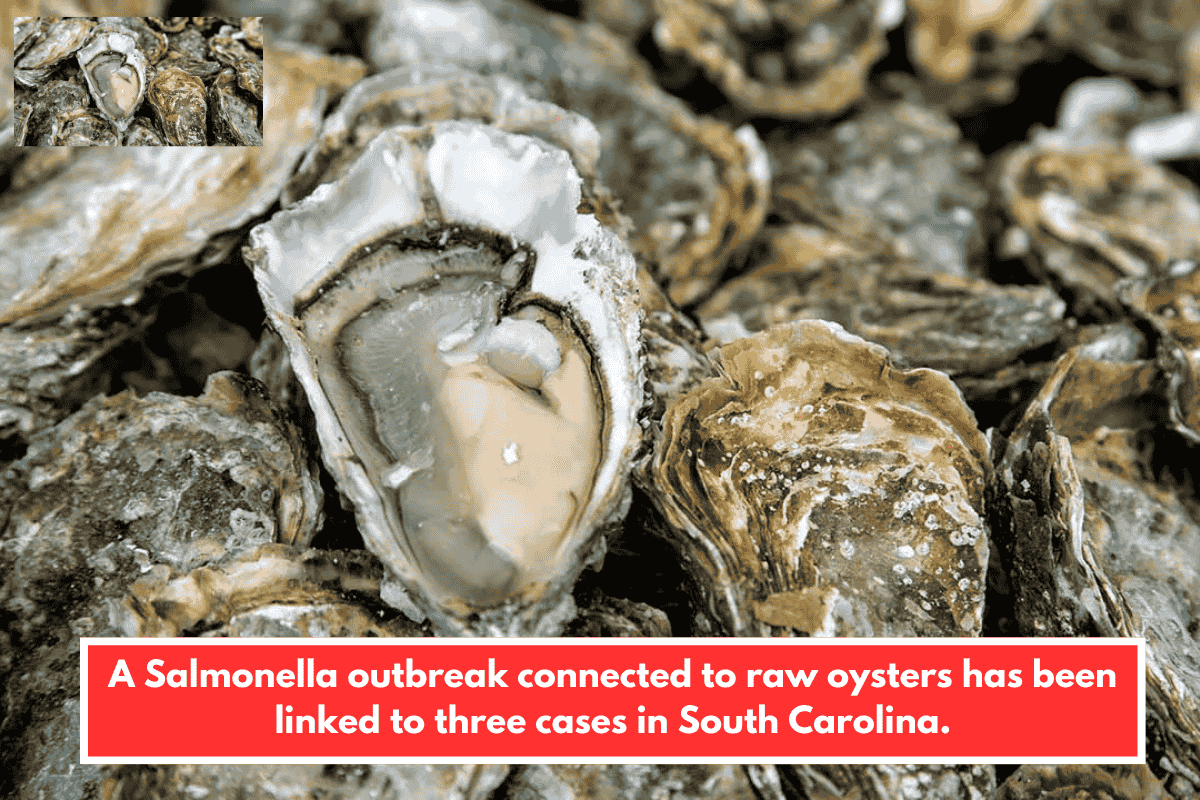Paducah, KY – Much of western Kentucky is now experiencing moderate to severe drought, marking a sharp and troubling turn in the region’s weather pattern. According to the latest data from the U.S. Drought Monitor released on September 11, 2025, drought coverage has increased dramatically over the past three months, with nearly 87% of the region now affected.
Rapid Drought Expansion Across Western Kentucky
This summer started with little to no drought in western Kentucky. But as dry conditions continued, the situation escalated quickly:
| Date | % of Region in Drought | % in Severe Drought (D2) |
|---|---|---|
| Early June 2025 | 8% | 0% |
| September 9, 2025 | 87% | 18%+ |
The Paducah National Weather Service office confirms that many counties are now facing severe drought (D2), with agricultural stress, low stream levels, and increased fire danger all becoming more evident as the region heads into fall.
Counties Most Affected by Drought
Though most of the region is in at least moderate drought (D1), the following counties are seeing the worst conditions so far:
McCracken
Graves
Marshall
Calloway
Hickman
Carlisle
These areas are already reporting dry topsoil, declining crop health, and smaller-than-usual water supplies in streams and ponds. Some locations may begin issuing burn bans if conditions do not improve soon.
Impacts Being Felt Across the Region
Drought is not just about dry grass. Here’s how it’s beginning to affect western Kentucky:
Agriculture: Corn and soybean yields may suffer without rainfall. Livestock producers are facing dry pastures and increased feed costs.
Water Supplies: Streams, ponds, and shallow wells are showing lower levels than normal, especially in rural areas.
Wildfire Risk: Dry vegetation and leaf litter create a higher chance of brush fires, particularly as fall approaches.
Outdoor Burning: Residents are urged to avoid any outdoor burning and check for county-level burn bans.
What You Can Do
Local and state officials are encouraging Kentuckians to conserve water and be proactive during this growing drought. Here’s how:
Reduce lawn watering and outdoor hose use
Fix leaks in pipes, faucets, and irrigation systems
Avoid outdoor burning, even if not officially banned
Stay informed by following updates from local authorities and weather.gov
Looking Ahead
Unfortunately, no significant rainfall is in the forecast for the next several days. Without a shift in the weather pattern, the drought is likely to worsen, possibly moving more areas into severe drought or even extreme drought conditions.
The National Weather Service and U.S. Drought Monitor will continue tracking the situation and providing weekly updates. A detailed drought information statement is available at weather.gov, offering the latest maps and data for Kentucky and the surrounding region.
In just three months, western Kentucky has gone from relatively normal conditions to widespread drought, putting pressure on farms, water resources, and fire safety. As severe drought spreads across the state, residents must work together to conserve water, reduce fire risks, and stay informed as this dry spell shows no sign of ending soon.

